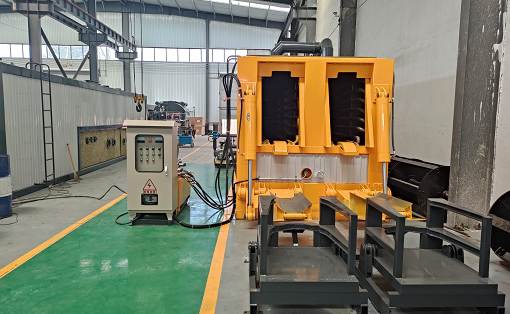How many of the 6 characteristics of synchronous gravel sealing technology do you know?
Synchronized gravel sealing is a process technology for treating cracks in asphalt pavement, and it is currently a road construction and pavement maintenance technology with low energy consumption and high cost performance. Do you know what its six technical features are? If you don’t know, just follow the editor of Sinoroader and take a look.
Synchronized gravel sealing is a process technology for treating cracks in asphalt pavement, and it is currently a road construction and pavement maintenance technology with low energy consumption and high cost performance. Do you know what its six technical features are? If you don’t know, just follow the editor of Sinoroader and take a look.
1. The synchronous gravel seal layer is an ultra-thin asphalt gravel surface treatment layer bonded by a certain thickness of asphalt film. It can increase the crack resistance of the pavement, reduce the reflective cracks of the pavement, improve the waterproof performance, and extend the service life of the pavement.
2. The synchronous gravel seal layer can greatly improve the friction coefficient of the road surface, enhance the anti-skid performance of the road surface, and restore the smoothness of the road surface.
3. Synchronous gravel sealing can use local multi-layer paving of stones of different particle sizes to repair deep ruts and deep pits.
4. The construction process of synchronous gravel sealing layer is simple, the construction speed is fast, and it can be passed quickly in a short time.
5. The construction cost-effectiveness of synchronous gravel sealing is higher than other highway maintenance methods, which can effectively reduce the cost of highway maintenance.
6. The synchronous gravel seal can also be used as an excessive road surface to alleviate the shortage of highway construction funds.
Regarding the 6 characteristics of simultaneous gravel sealing technology, the editor of Sinoroader will explain this much to you. If you want to know more details, you can call us at any time. Consultation hotline: +8618224529750.

































